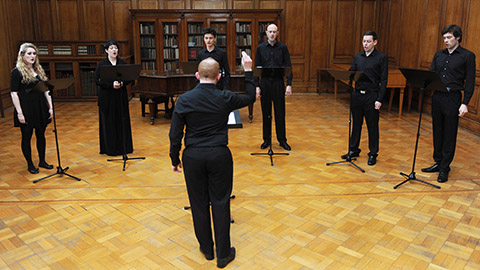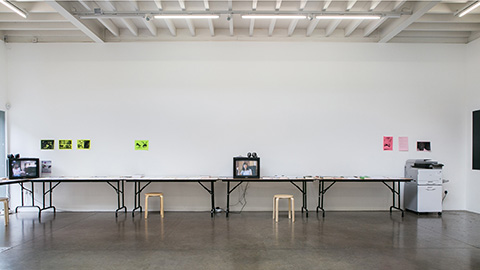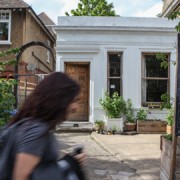The work of Turner Prize nominated artists Bonnie Camplin and Janice Kerbel, lecturers from Goldsmiths University, has been well received by critics.
Kerbel has been shortlisted for her operatic piece DOUG. The work was commissioned by The Common Guild at Mitchell Library in Glasgow.
DOUG is a combination of nine songs composed for six simultaneous voices.
Arts editor for the Spectator, Igor Toronyi-Lalic said the work is “an extremely fine piece. Strangely moving and funny and brilliantly constructed”. He added: “Lots of best new music is being done in galleries”.
Camplin has been nominated for The Military Industrial Complex, which explores ‘consensus reality’ in a classroom.
According to Emily Jupp, acting music editor and arts writer at the Independent, Camplin’s piece “seems quite clever and relevant”.
“I like the idea of trying to physically represent the ways that our views are judged and categorised by society at large, as it’s something all of us try to do on a smaller scale with our own identities”, Jupp said.
The Turner Prize contemporary art award was established in 1984. Tatler’s art critic and the editor of Spear’s Magazine Josh Spero said Turner winners have become “less famous but no less deserving” the past years.
“When the Turner Prize started thirty years ago, it had decades of eminent British contemporary artists it could recognise: Howard Hodgkin, Gilbert & George and Richard Long were all early winners and all became famous in the sixties” he said.
According to Spero “young practising artists [are] beginning to establish careers and reputations.”
“Now that that generation and the notorious generation of the YBAs have been winners, the prize focuses on those artists who have not had success with scandal or had to wait decades for a prize”, he said.
However, Toronyi-Lalic does not think the Turner Prize has become less provocative: “There’s certainly less sex. Art is becoming more performative, more interested with the ephemeral, with things that can’t be commoditized.”
Spero said: “I guess that’s a good thing, because it’s not swaying to populist culture. Instead it’s looking forward to the artists of the future, rather than nominating artists who are already well established.”
“What I think is happening more is the lines are being blurred between performance art and the old staid idea of art as objects”, Jupp said.
Camplin and Kerbel have been shortlisted alongside two other candidates. The other nominees are Nicole Wermers for her installation called Infrastruktur and London-based graphic design collective Assemble for projects involving the local residents.
All four pieces share a focus on political and social issues. According to Spero, only “very few artist would say they are not interested in society.”
“They produce work in society, their work critiques society, and even work which is not obviously political can still question our values. Otherwise it’s just decorative, and no artist would admit to that,” he said.
“Wanting to ‘change the world’ through art as a starting point is usually a recipe for disaster. That said, using socio-politics as a tool for art is becoming more common and is producing interesting things,” Toronyi-Lalic said.
The Turner Prize award is £40,000, with £25,000 for the winner and £5,000 for each shortlisted artist. The prize will be announced on 7 December in Tramway, Glasgow.
Bonnie Camplin’s The Military Industrial Complex is shown at South London Gallery on 13-15 June.






